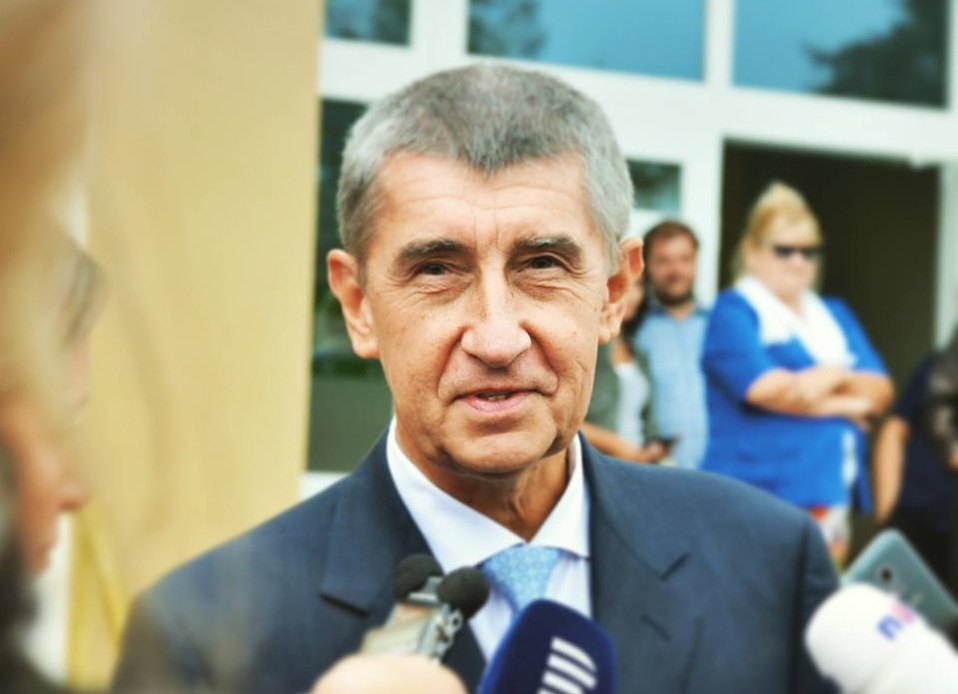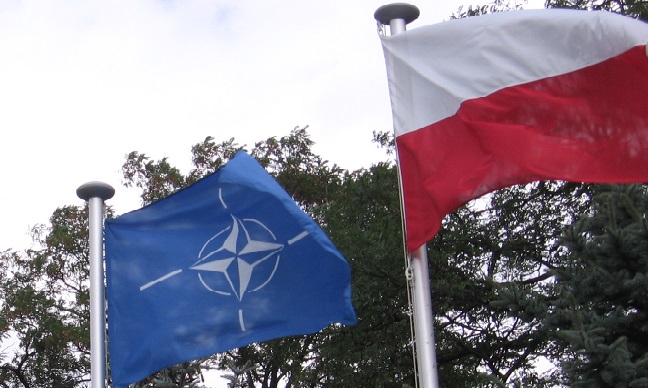Poland, Warsaw – Poland received the US President Trump alongside with representatives of the countries of the Three Seas Initiative, a recent Central European project. An “incredibly successful” meeting, according to Donald Trump.
For his first press conference abroad, US President Donald Trump came on July 5 and 6 to the Polish capital city of Warsaw. He attended the meeting of the Three Seas Initiative – reuniting the Baltic countries, Poland, Czechia, Slovakia, Hungary, Austria, Slovenia, Croatia, Romania and Bulgaria-, organized by Poland.
“America is eager to expand our partnership with you. We welcome stronger ties of trade and commerce as you grow your economies and we are committed to securing your access to alternate sources of energy so Poland and its neighbors are never again held hostage to a single supplier of energy,” told the US President referring to the former Russian monopoly of gaz supplying in the region.
From an economical project to a political one?
Poland and Croatia initiated the Three Seas Initiative (3SI) a year ago. All the twelve members of the 3SI were – except for Austria – under the rule of USSR until the fall of the iron curtain. Since 2007, all of them are part of the European Union, but remain less rich and developed than western member states. Also most of the critical roads, pipelines and rail services run on an east-west corridor, mainly due to former Soviet and current German dominance.
The 3SI’s goal is therefore to improve infrastructure and trade and to develop more and better connections in energy, transportation and digital communications along a north-south axis, so the members of the group might benefit from more mutual exchanges and investments, while strengthening their ties and getting more cohesive.
The 3SI has already some big plans; The Via Carpathia, a huge highway connecting the Baltic Sea ( Klaipėda, Lithuania ) to the Aegean Sea ( Thessaloniki, Greece ); The LNG terminals connecting pipeline, from Croatia to Poland (Croatia plans to finish the construction of its LNG terminal in Krk in 2019); And the construction of the pipeline from the Black Sea through Bulgaria, Romania, Hungary and Austria. All these heavy infrastructure projects are also pleasing China, which invests more and more in the region and takes also part in some of the improvements of infrastructure, for both Central European and Chinese interests.
Though, some critics rise their voices regarding the 3SI. As the core fo the 3SI, V4 (the Visegrád group: Poland, Czechia, Slovakia, Hungary) leads an anti-federalization fight and refuse the EU’s migrant policy, observers fear that the 3SI would become an extension of the V4 and would lead the EU to split.
US plan? Polish dominance scheme? Response to the two-speed Europe?
The summit of Warsaw, attended by Donald Trump, raised many questions. The 3SI is quite close to the Polish project of Miedzymore (Between the Seas) known as Intermarium. As such, some political observers see this new project, led by the current conservative PiS (Law and Justice) Polish government – which is close to Trump and its policies, and distrusts neo-cons – as a way to achieve regional domination with the support of the USA. Poland is the biggest military in Central Europe, and the main economics.
It is also recalled by commentators that the Intermarium is a kind of anti-Russian geopolitical device. Proposed during the interwar period, the Intermarium was aimed to block and counter the Soviet Union, and therefore one important thing is to be noted: while the Intermarium included nowadays Ukraine, the 3SI does not, and extends more towards the West, covering all Central Europe and Eastern Balkans; And adding another shore to the project.
Poland and Croatia are also known to have long-term good relations with the USA. It is therefore suspected that since the 3SI is a project initiated by both Croatia – and more exactly by its current President, Kolinda Grabar-Kitarović, senior officer of NATO – and Poland – one of the most ardent partisan of NATO – the 3SI might be planned also to serve US interests.
Even if the relation between the USA and Russia shows a relative improvement since the beginning of the Trump presidency, many suspect the USA to still wish to dispose of a European buffer zone at the gates of Russia. And they argue their point by recalling the recent American missile complex established in Poland and Romania and the current conflict in Ukraine.
During his speech, Trump expressed his satisfaction for the opening of the Polish LNG terminal to US suppliers of gaz. “The United States is proud to see that our abundant energy resources are already helping the Three Seas Nations achieve much-needed energy diversification,” told Donald Trump in front of the leaders of the 3SI, still mainly dependent on Russian gaz. He then quickly continued his speech by inciting CEEC to invest in US technology and weapons. Polish President Duda said he hopes for a long-term contract regarding supplying of liquid gaz.
Although the backers of the project insist on the purely economical aspect, it is also interesting to notice the timing. The 3SI is building up itself, and with the now open support of the USA, in the meantime than the implementation by Germany, followed by France, of the federalization of the European Union and the upcoming reorganization of the EU towards a “two-speed Europe“.
For many 3SI promoters, the project might lead this part of Europe to close the developmental gap between Western Europe and Central and Eastern European Countries (CEEC). Underlining that the 3SI is about EU members states collaborating by themselves in order to improve their economics and trade, they see no reason to point out any separatism, on the contrary. But Germany, favorable to the 3SI on the paper, remains suspicious.
Trump’s USA and Merkel’s Germany seem to have already distanced themselves, and some commentators see the “America First” policy of Donald Trump as a threat for the European Union: he might push toward a split of the EU in order to “cannibalize” its own allies, which together had enough strength to counter US plans such as the TTIP; but split apart European countries might accept new deals of the same nature.
—
Next year’s meeting will be held in Bucharest, Romania, at the proposal of President Klaus Iohannis.



